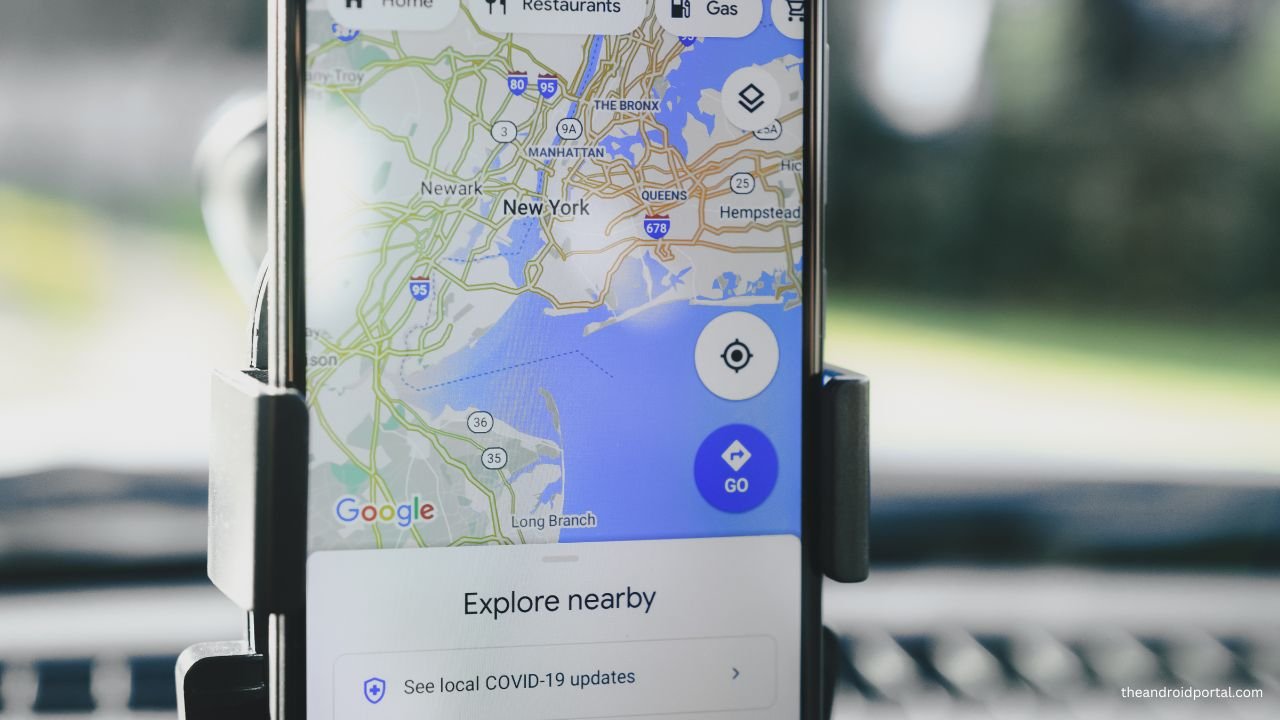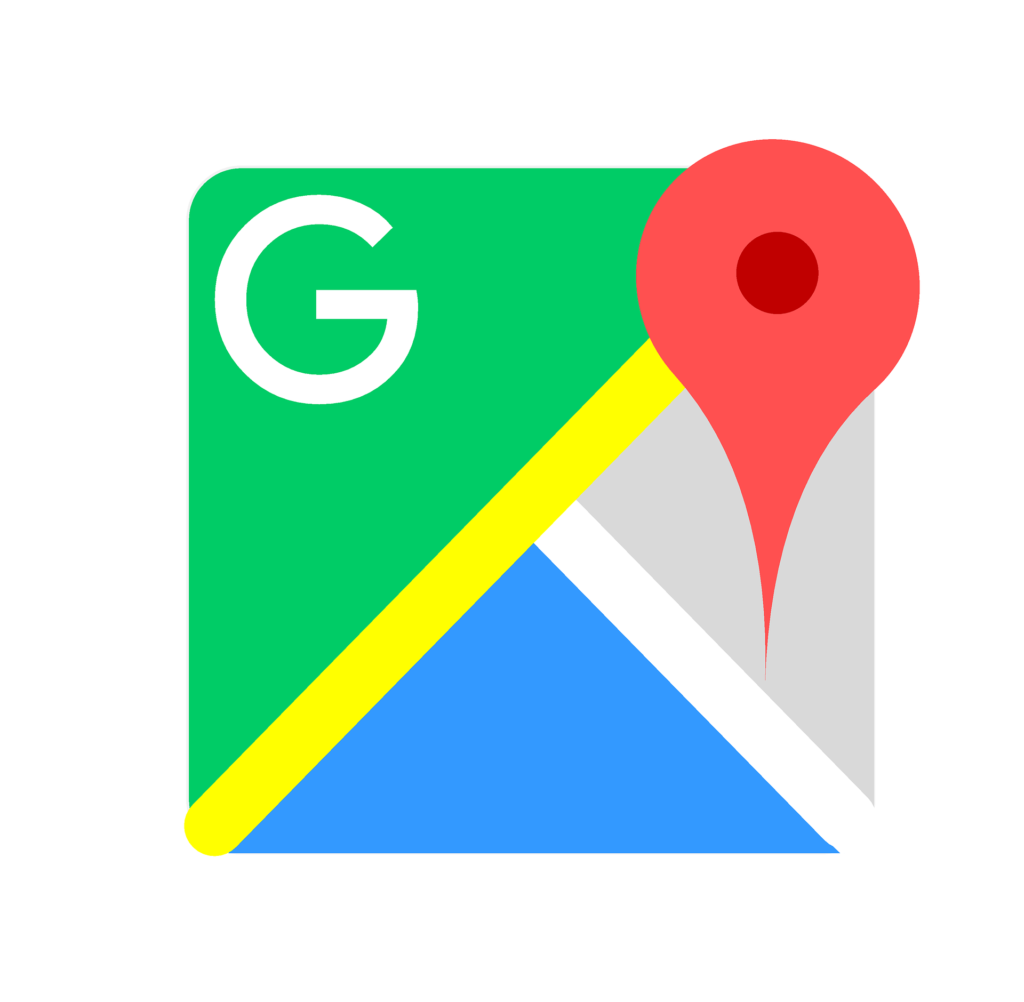Google Maps is a web mapping service developed by Google. It offers satellite imagery, aerial photography, street maps, 360° interactive panoramic views of streets (Street View), real-time traffic conditions, and route planning for travelling by foot, car, bicycle, air (in beta), and public transportation.
Google Maps is one of the most popular navigation apps in the world, with over 1 billion monthly active users. It is used by people all over the world to find directions, explore new places, and get around safely and efficiently.
Just think about our life if Google Maps is not with us. It’s quite difficult for us to get the direction of an unknown place. But, thanks to Google for giving such great service.

How Much Data does Google Maps use?
Google Maps typically uses about 5-10 MB of data per hour of usage.
We found this question on Reddit, “How much data does Google Maps use for a 4-hour trip?” and we thought to create an article about this. Here, we will mention the amount of data that Google Maps uses per specified time.
According to the latest data from Google, Google Maps uses approximately 2-4 MB of data per hour of usage. This is a decrease from previous estimates, which were around 6 MB of data per hour. The decrease in data usage is due to several factors, including improvements to Google’s compression algorithms and the use of more efficient data caching.
Here is a breakdown of Google Maps data usage by activity:
| Activity | Data Usage per Hour (MB) |
| Navigating | 2-4 |
| Streaming traffic updates | 1-2 |
| Using satellite imagery | 1-2 |
| Viewing indoor maps | 1 |
It is important to note that your actual data usage may vary depending on several factors, such as your device, your network connection, and the features you are using.

Now, why do you need to know about it?
So, many users still use the old smartphone with 3, 2, and lower OS. Some users also use lower data plans like 100 MB, 200 MB, or 500 MB per month. So, for those users, it is essential to know which apps are using more data.
This measurement does not affect the users who are using 1 GB or more data per day. The use of Google Maps does not make a higher impact. So, keep using it.
How to Save Data While Using Google Maps?
Just like We use Amazon Prime, we can reduce data usage by Google Maps as well. Here is how:
- Use offline maps: Google Maps allows you to download offline maps for specific areas. This is a great way to save data if you’re travelling or know you’ll be in an area with limited internet access.
- To download an offline map, open Google Maps and tap the three lines in the top left corner. Then, tap “Offline maps” and select the area you want to download.
- Disable unnecessary features: Google Maps has several features that can be useful, but they can also use up a lot of data. For example, you can disable real-time traffic updates, satellite imagery, and indoor maps if you don’t need them.
- To disable these features, open Google Maps and tap the three lines in the top left corner. Then, tap “Settings” and scroll down to “Navigation settings.” Under “Advanced settings,” you can disable any features you don’t need.
- Use Wi-Fi whenever possible: If you’re using Google Maps on a mobile device, try to use Wi-Fi whenever possible. This will save you data and also improve your connection speed.
- Limit your use of Google Maps: If you’re really concerned about data usage, try to limit your use of Google Maps. For example, you can use a paper map or ask for directions instead of using Google Maps.
Conclusion
Google Maps has evolved into an indispensable tool, making the task of navigation seem like child’s play. With its wide array of features, from real-time traffic updates to detailed satellite imagery, it’s more than just a digital compass; it’s your travel buddy. Importantly, Google has fine-tuned its data consumption rates, now using a modest 2-4 MB of data per hour for navigation. This drop is a lifeline for folks on stringent data plans or using older smartphones.
But if you’re data-conscious, don’t fret. There are plenty of built-in features to manage data usage further, like downloading offline maps or toggling off the more data-heavy features. All in all, you’ve got options to make Google Maps work for you, whether you’re on a 200 MB/month plan or have gigs to burn.
Feeling the itch to explore more? Don’t let data concerns keep you shackled; go ahead and discover what else Google Maps can do for you.











